I’ve been fortunate to visit some of the world’s most iconic and stunning wine regions- from Napa to Sonoma and Santa Barbara to Oregon. I’ve picked grapes at harvest in Alsace, driven the winding roads of Burgundy, and walked the steepest vineyard in the Rhône. I’ve sipped rosé in the fields of Provence and studied the deep red clay soil of the Coonawarra in southern Australia, but one area that has always intrigued me is the Piedmont region in Italy. Piedmont stretches from the Alps to the Mediterranean in northwestern Italy and is best known as the home to big boy reds from the small villages of Barbaresco and Barolo.
Nebbiolo is the dominant grape in town, sprinkled with crisp but rich, satisfying whites like Arneis and Cortese. The landscape is surrounded by rolling hills covered in vines as far as the eye can see, while the valley floor is lined with lush hazelnut trees. You’ll find medieval castles, hilltop villages with stone walkways and ancient belltowers, and traditional culinary dishes steeped in rich sauces, decadent cheeses, and delicate plates of pasta topped with earthy truffle shavings fresh from the forest. Piedmont has long been a bit of a viticultural and culinary puzzle to me and one I was eager to uncover and discover for myself.
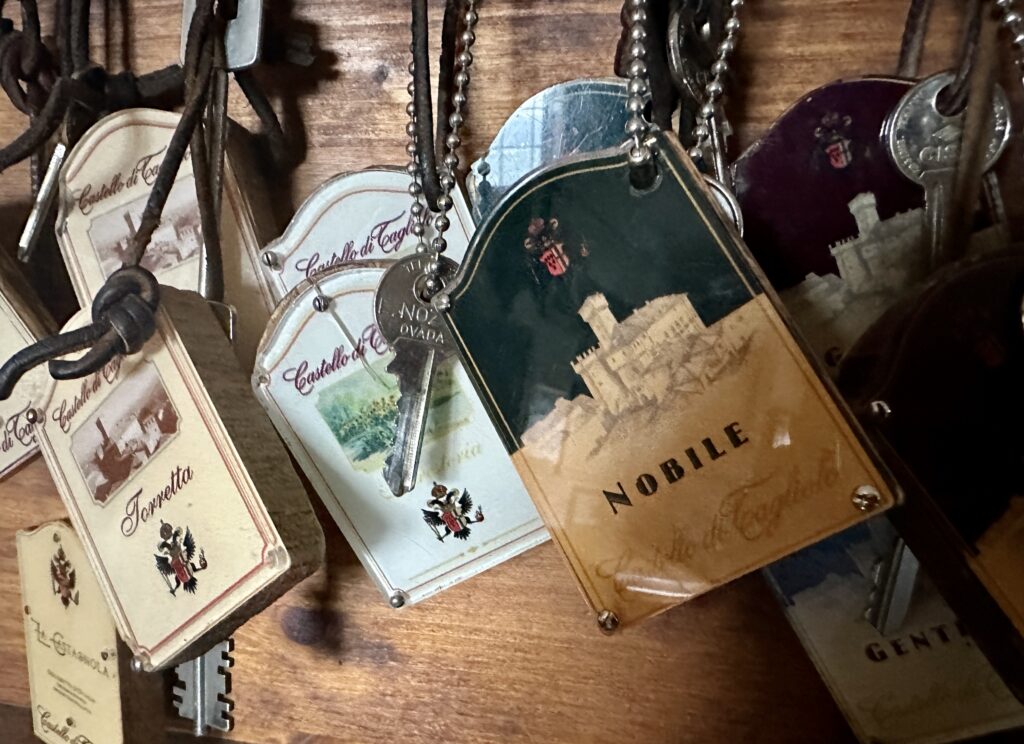
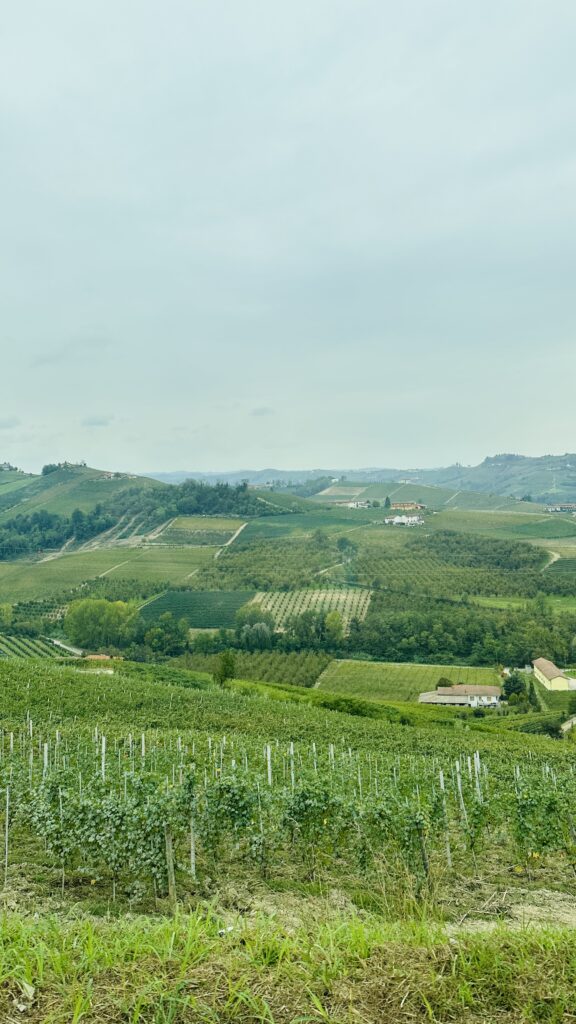
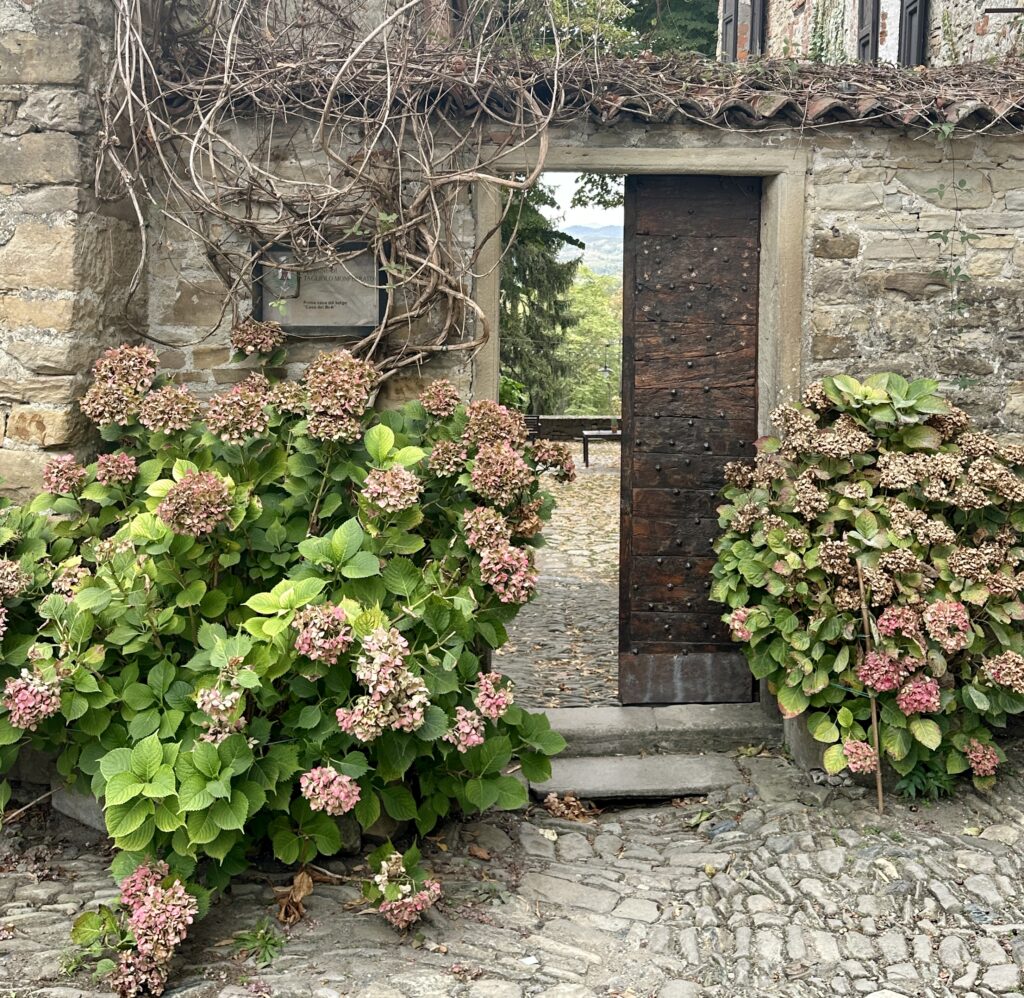
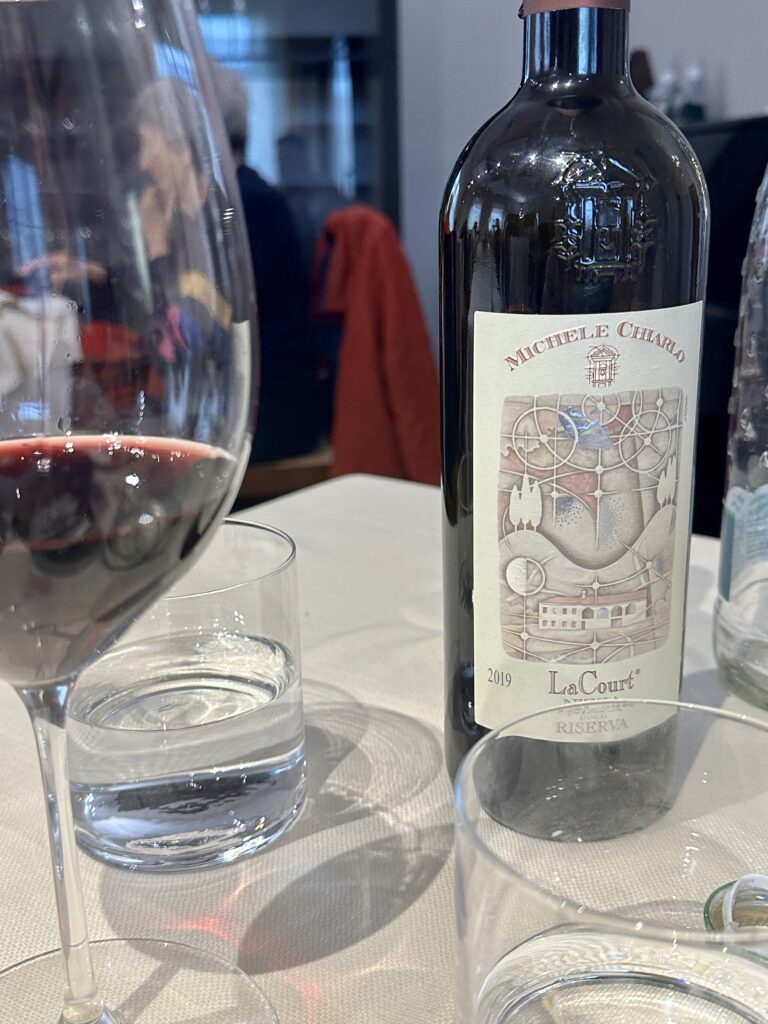
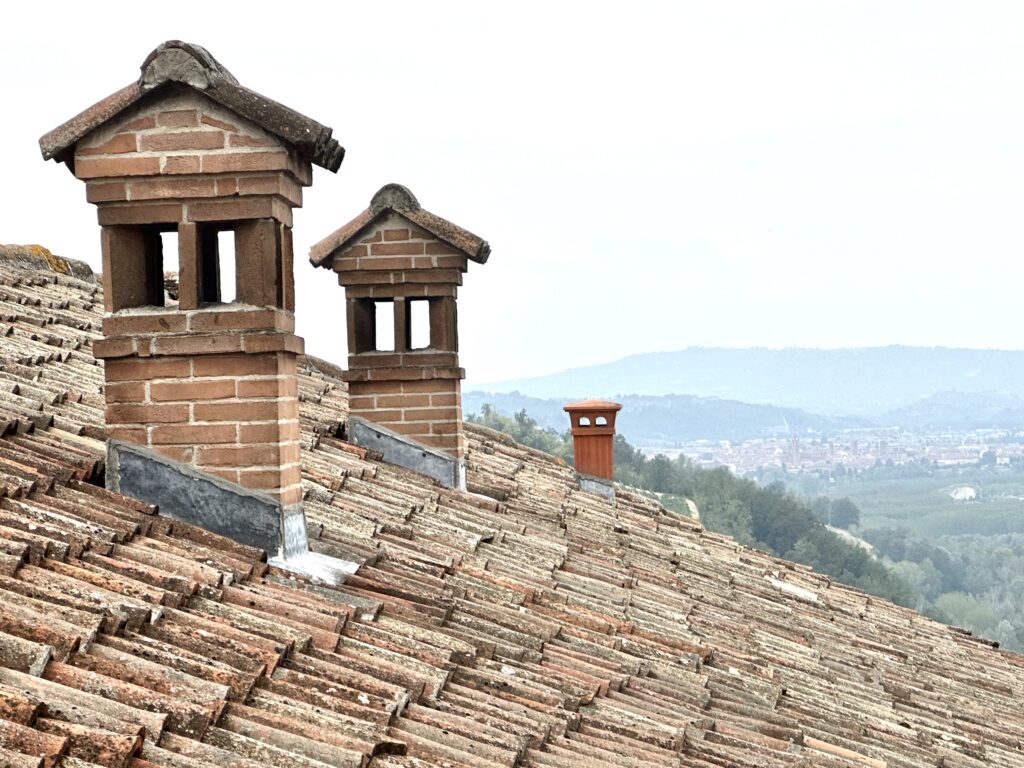
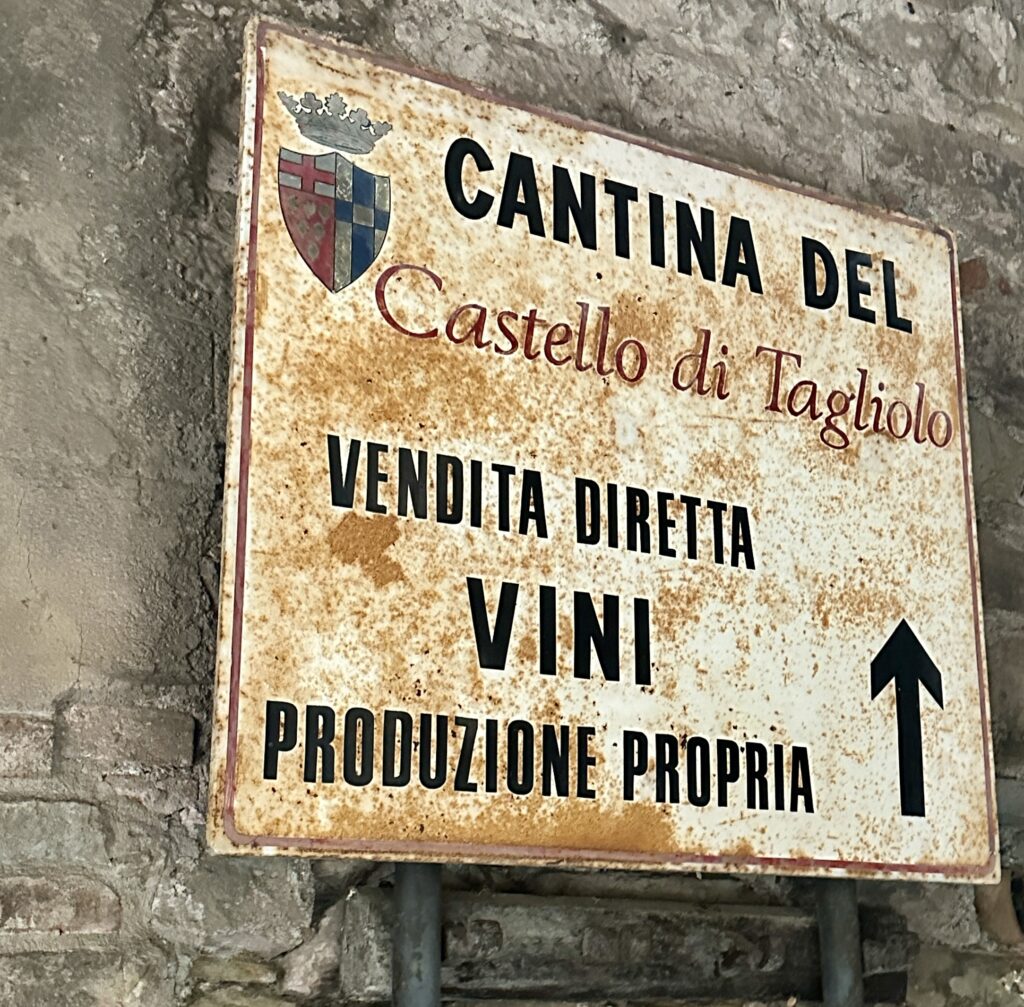
I researched the hotels I wanted to book and then enlisted the help of Valerie Quintanilla, an American food and wine travel specialist based in Piedmont, to coordinate the transportation, winery visits, restaurant reservations, and excursions. She is your go-to boots-on-the-ground expert who can create a personal itinerary to highlight the best of the region in all things food, wine, truffle hunting, cooking, and culture.
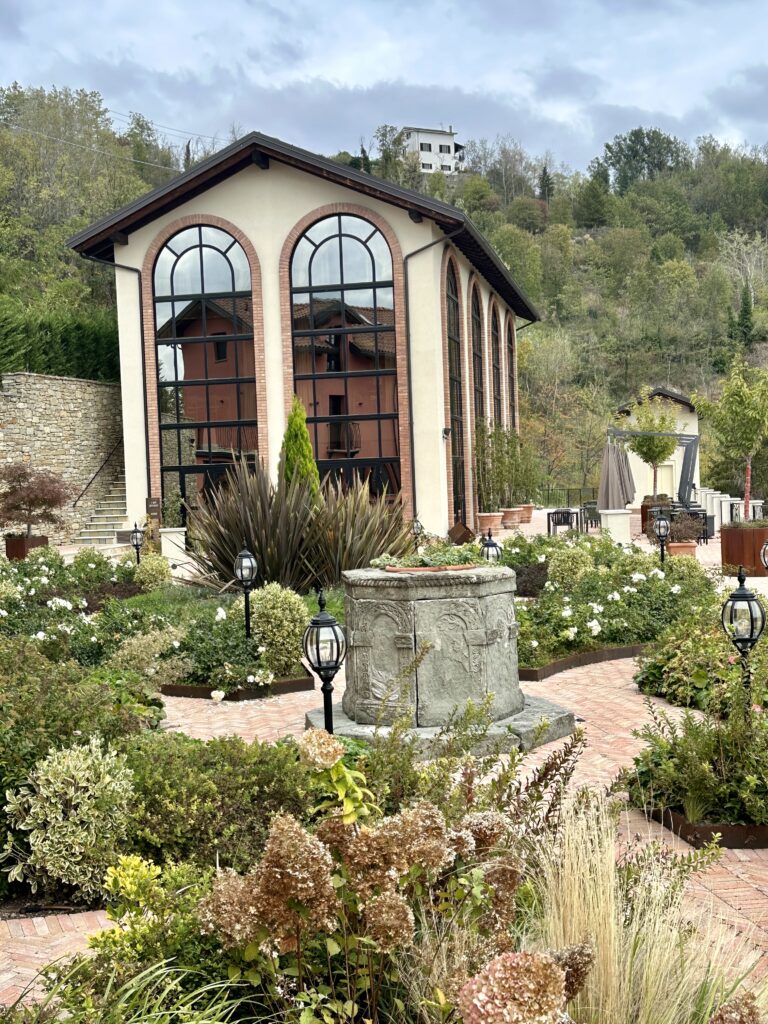
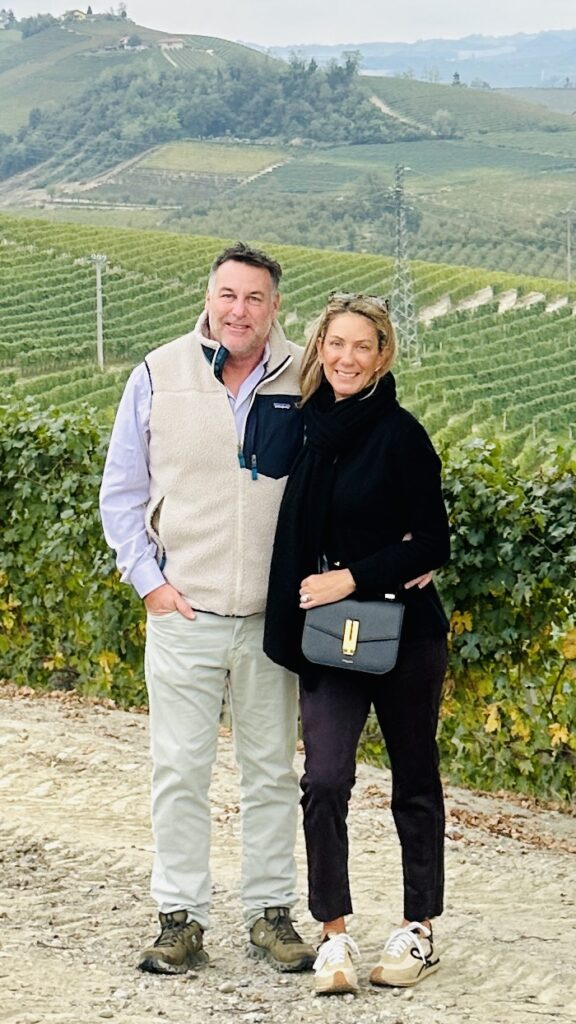
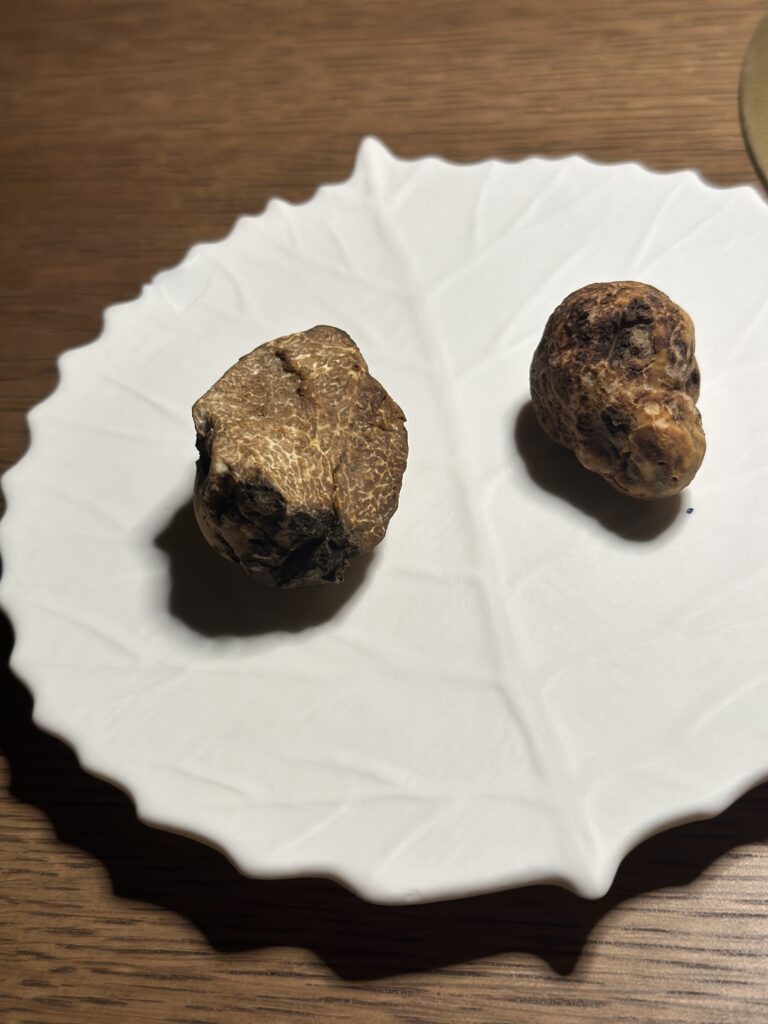
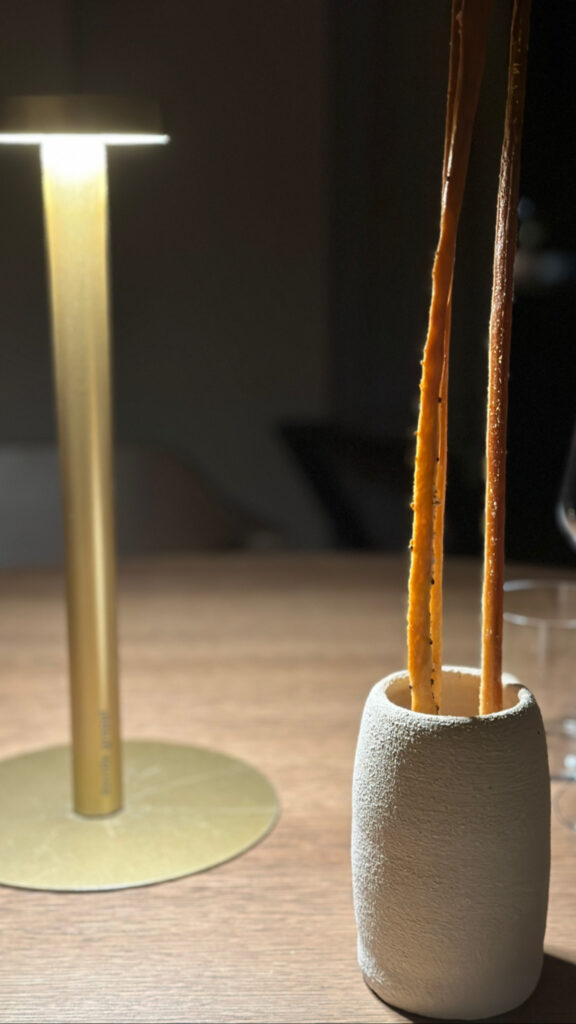
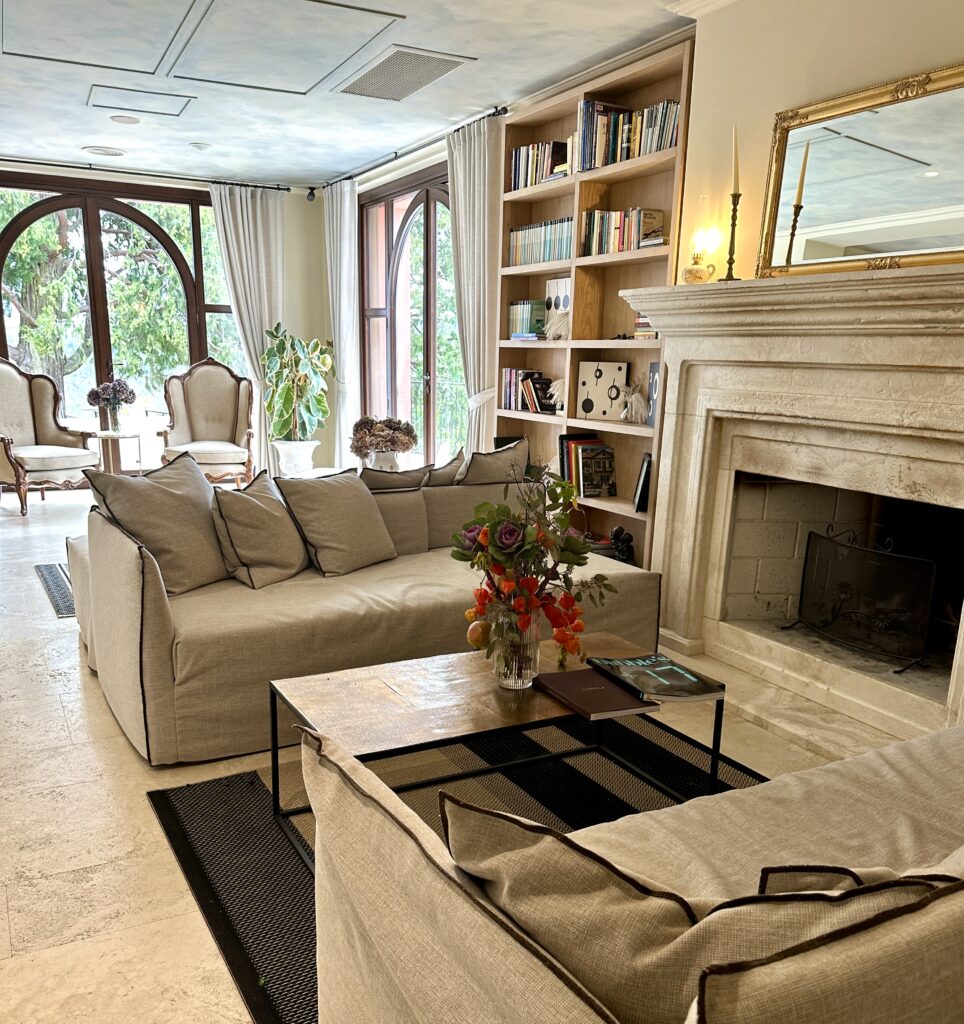
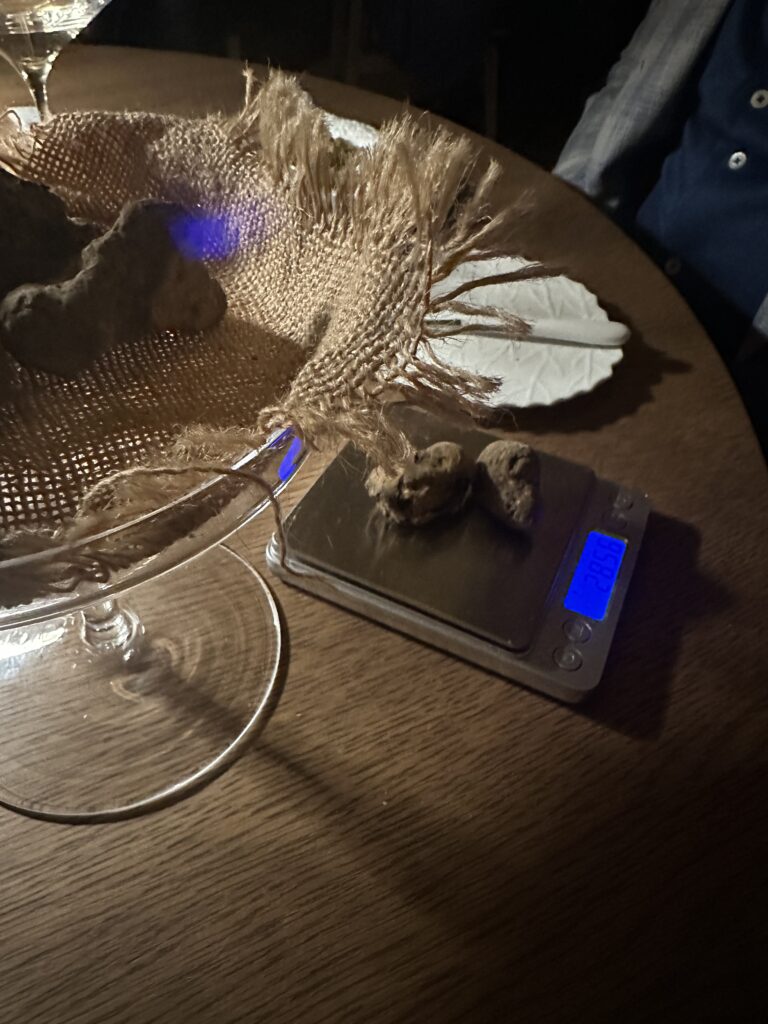
Our first stop after landing in Milan was to head straight south to the small village of Cremolino and our gorgeous hotel on the hill, Nordelaia. With only twelve impeccably decorated rooms, the hotel is personal and intimate, with spacious suites surrounding the central garden, and we had an enormous terrace overlooking the endless, hilly vineyards.
In addition to world-class wines, this region is the birthplace of the Slow Food Movement and produces some of the best beef, cheese, and hazelnuts in the country. Still, the white truffle is the MVP in these parts, and autumn is the season to see it featured on nearly every menu in one form or another. The star of local annual festivals and fairs, and even fetching six figures at international auctions, the elusive white truffle is known as “the king of the kitchen” and certainly took center stage at what would be our favorite meal of the trip. Lorto, the restaurant at Nordelaia, and its Michelin star chef brilliantly featured the shavings of our personally chosen truffle as the crown jewel of every course. Presented with white gloves as if it were a multi-million dollar Fabergé egg, we carefully picked not one but two beauties from underneath an elegant cloche. Weighing in at an impressive 28 grams like the royalty she is, our waiter delicately shaved off slices of our prized truffles that neither overpowered nor overwhelmed the garden-fresh ingredients on the plate. Delicately nuanced and artfully plated, this was one of our most decadent meals ever, anywhere.
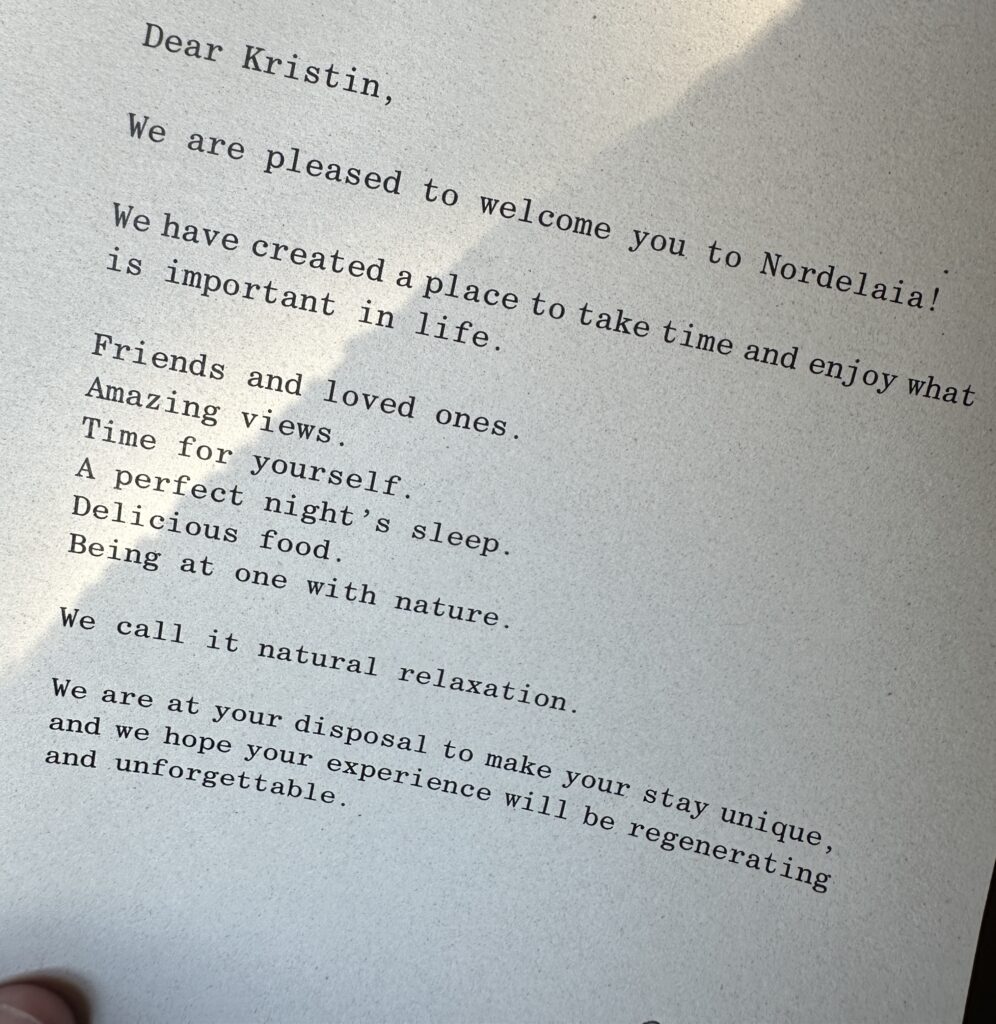
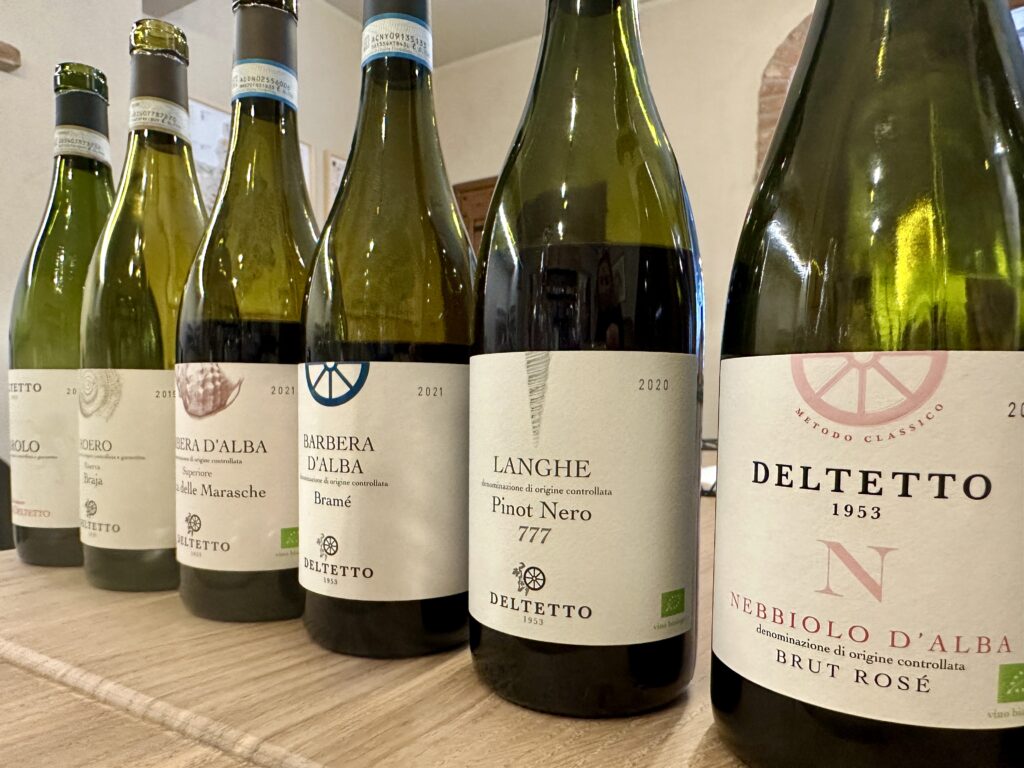
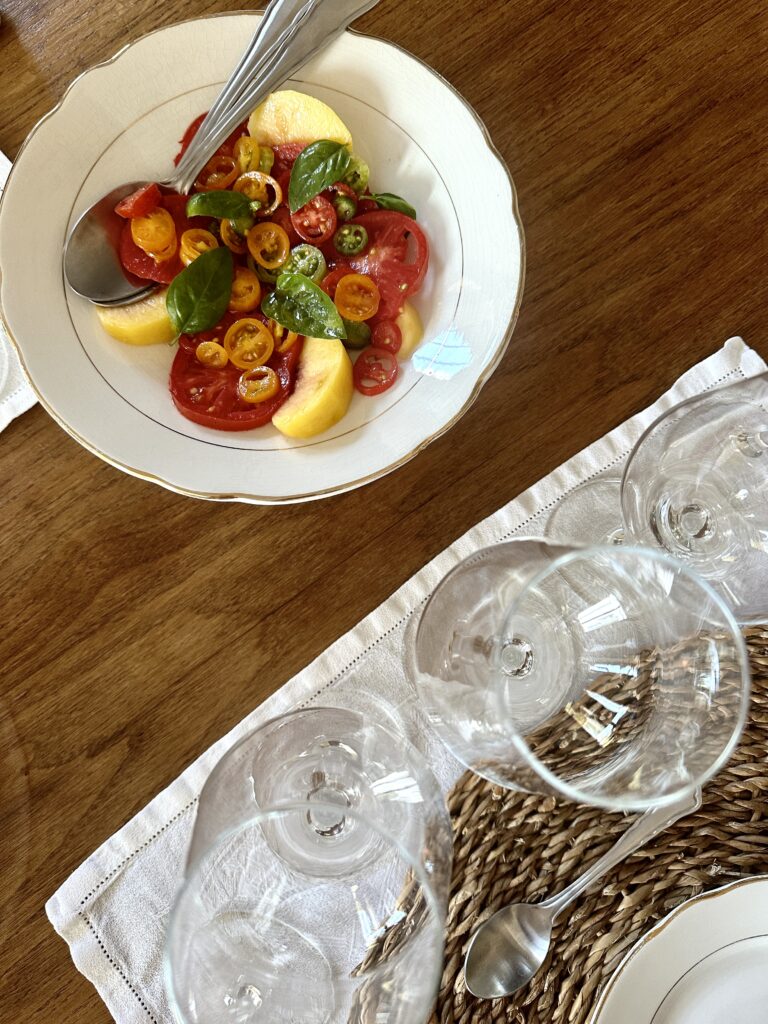
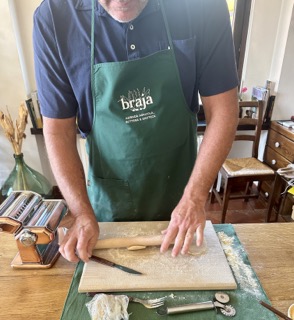
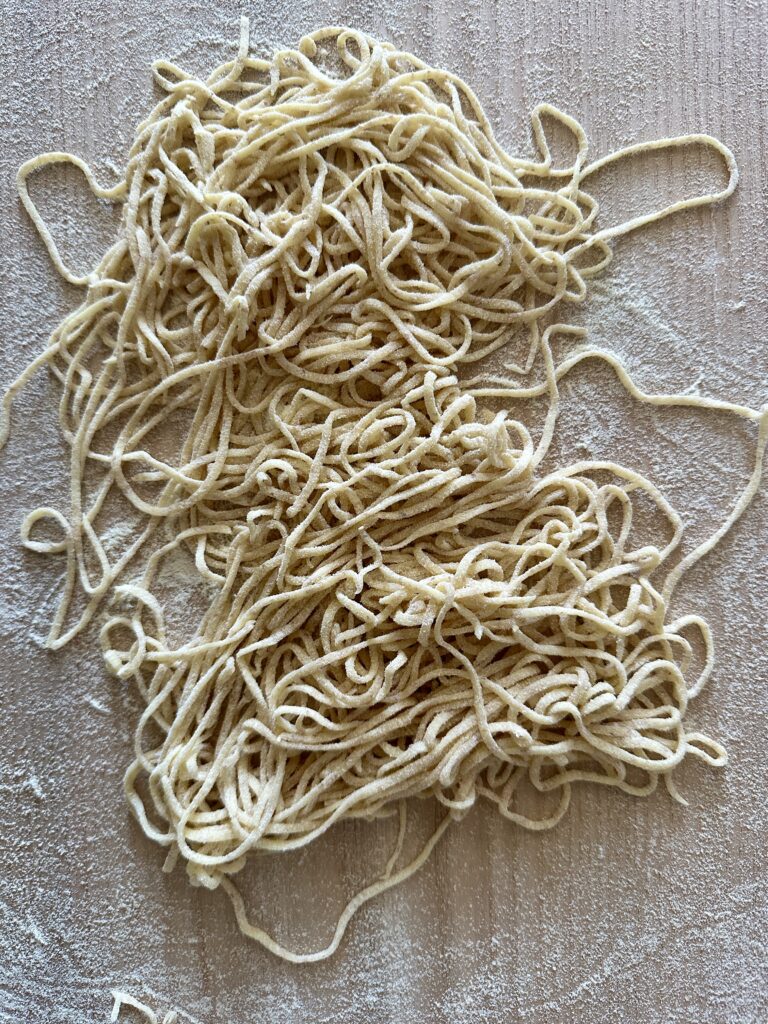
One of our favorite experiences was learning to make pasta at a beautiful farmhouse from the 1600s in the hills outside of Alba. Braja Farm is a “farm-to-table kitchen with a vegetable heart” that boasts a beautiful organic garden and offers an intimate, personal experience. Our gracious host, Sara, welcomed us to her table and taught us how to knead, cut, and form pasta for ravioli which we would stuff with a delicate pumpkin and ricotta mixture, and traditional tajarin which we would bathe in a rich, decadent, but vegetarian ragu. Remarkably, after enjoying the fruits of our labor along with a garden fresh tomato and fennel salad, we found the space in our stomachs to finish it all off with a dollop of homemade ice cream, fresh coffee, and hazelnut cake before collapsing into our prearranged transportation to head off to our next destination, Casa di Langa.
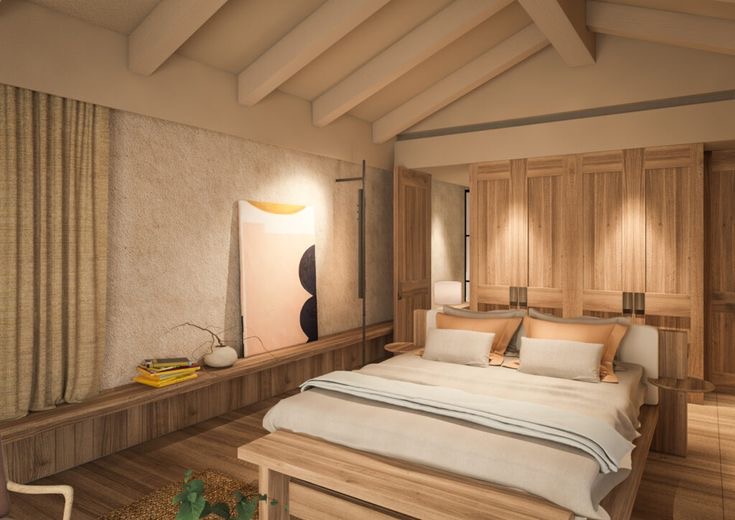
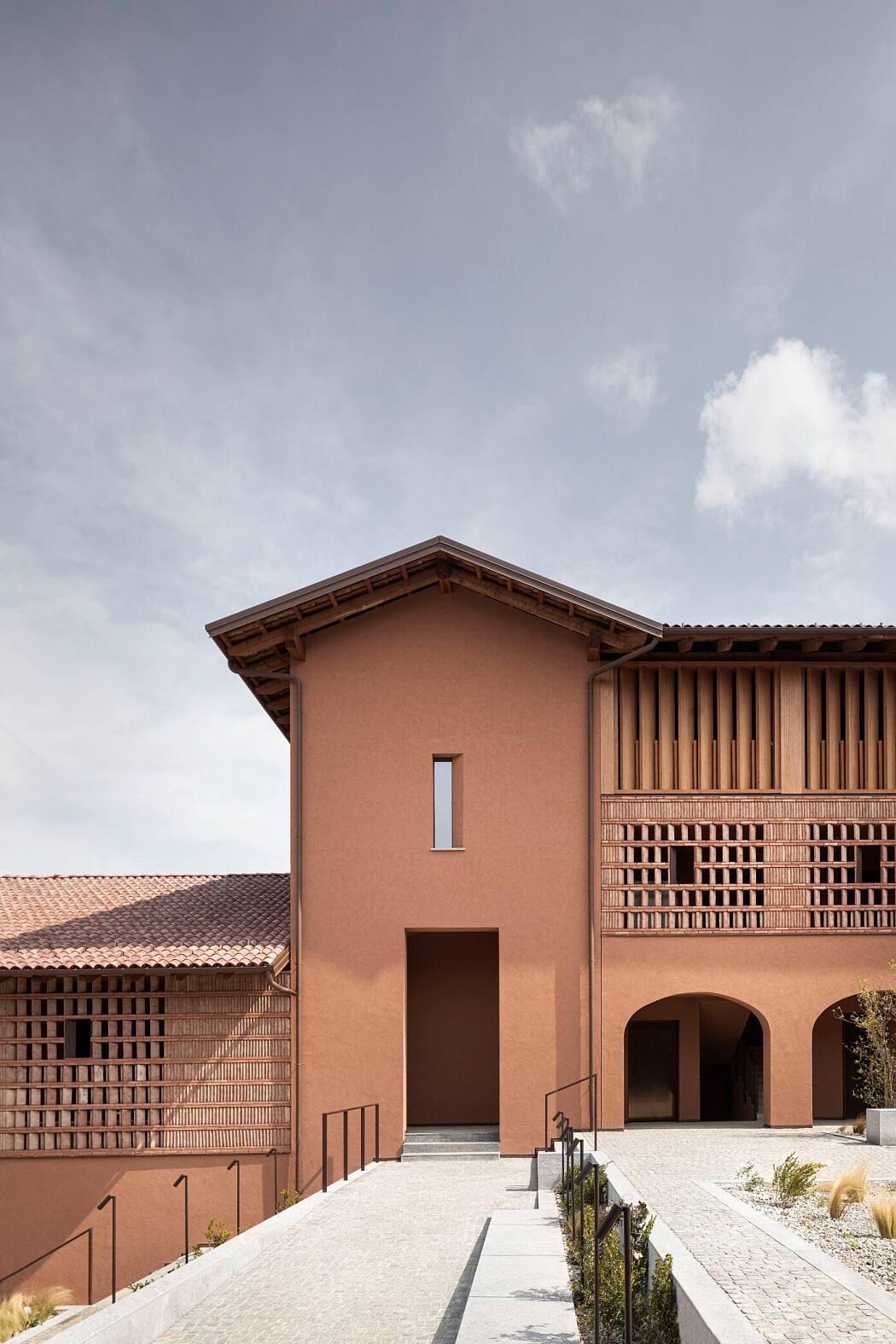
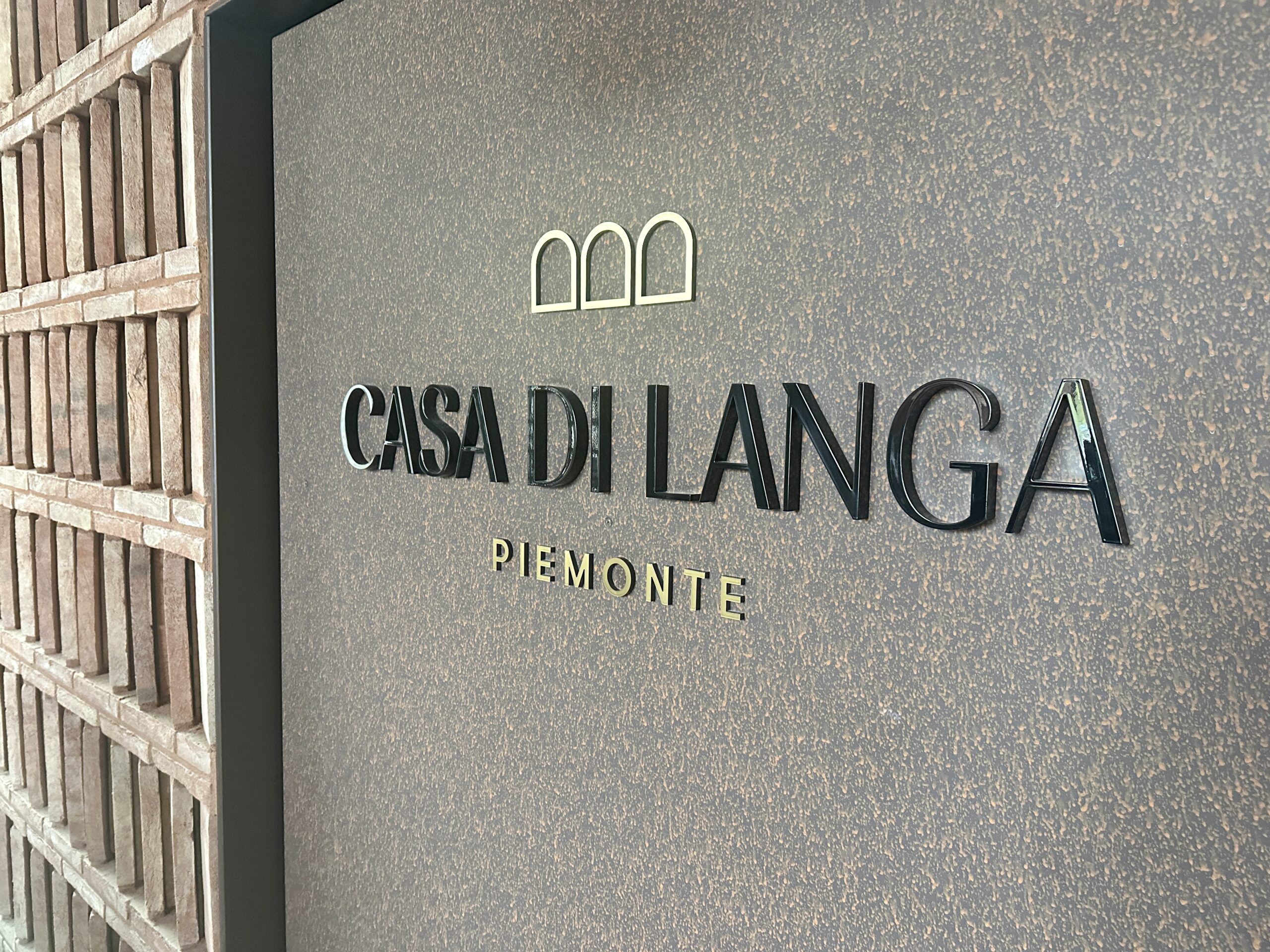
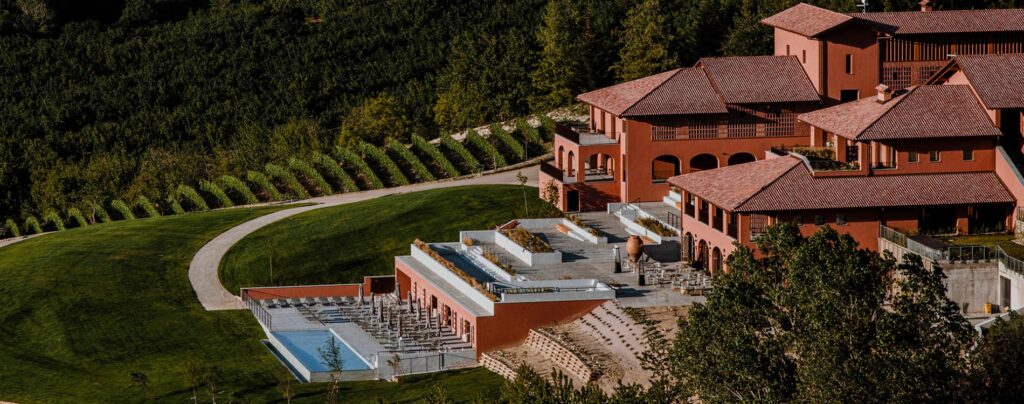
(last image courtesy of Casa di Langa)
Casa di Langa was a relaxing respite in the middle of the vineyards after long days of walking through the fairytale villages of Monforte, Serralunga, Barolo, and Barbaresco, tasting wines and treating ourselves to multi-course lunches. The hotel has what looked to be an exquisite restaurant on the property, but come evening, we couldn’t stare at one more plate of food and instead opted for naps, a massage in the small but luxurious spa, or a glass of wine on our terrace. The property has stunning grounds, a pool, and a labyrinth of walking paths that snake up and down through the vineyards with stunning, sweeping views across the valley for miles.
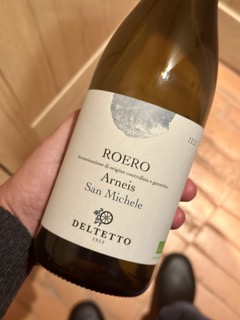

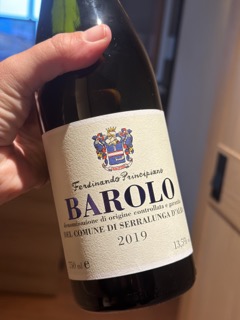
We topped our food and wine tour off with a relaxing weekend in Lake Como, about an hour and a half from the heart of Piedmontese wine country and just forty-five minutes from Milan, making it easy for early morning departures from Malpensa International Airport. We enjoyed the beautifully decadent cuisine, luxurious spa, Hamman, lush anytime-of-the-year gardens, and, of course, breathtaking views from our terrace at the Mandarin Oriental Lago di Como. The hotel was luxurious, elegant, and over the top in every way, and the staff treated us like personal guests in one of the most exquisite villas in the world. A bucket list experience for anyone, Lake Como is one of the most intoxicating places on the planet, and everything about the Mandarin Oriental is next level.
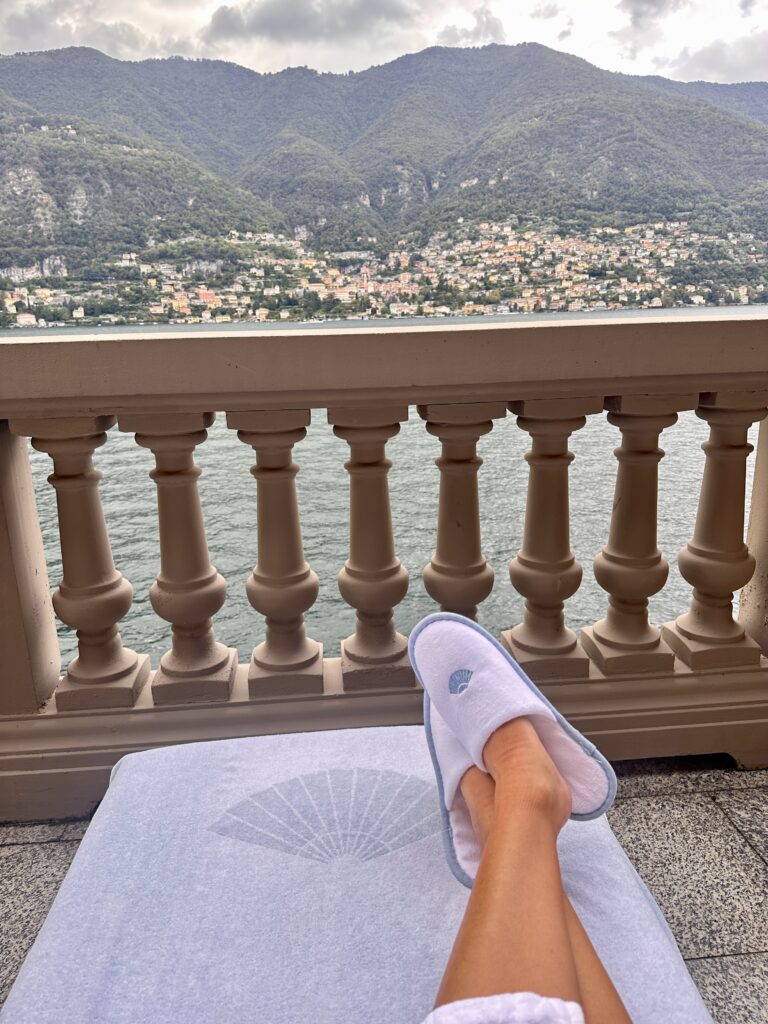
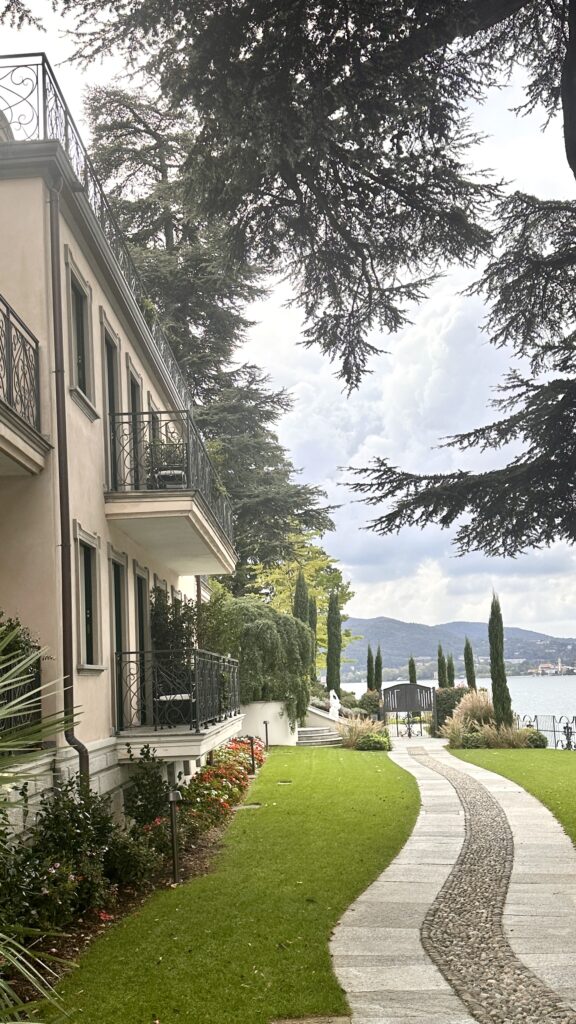

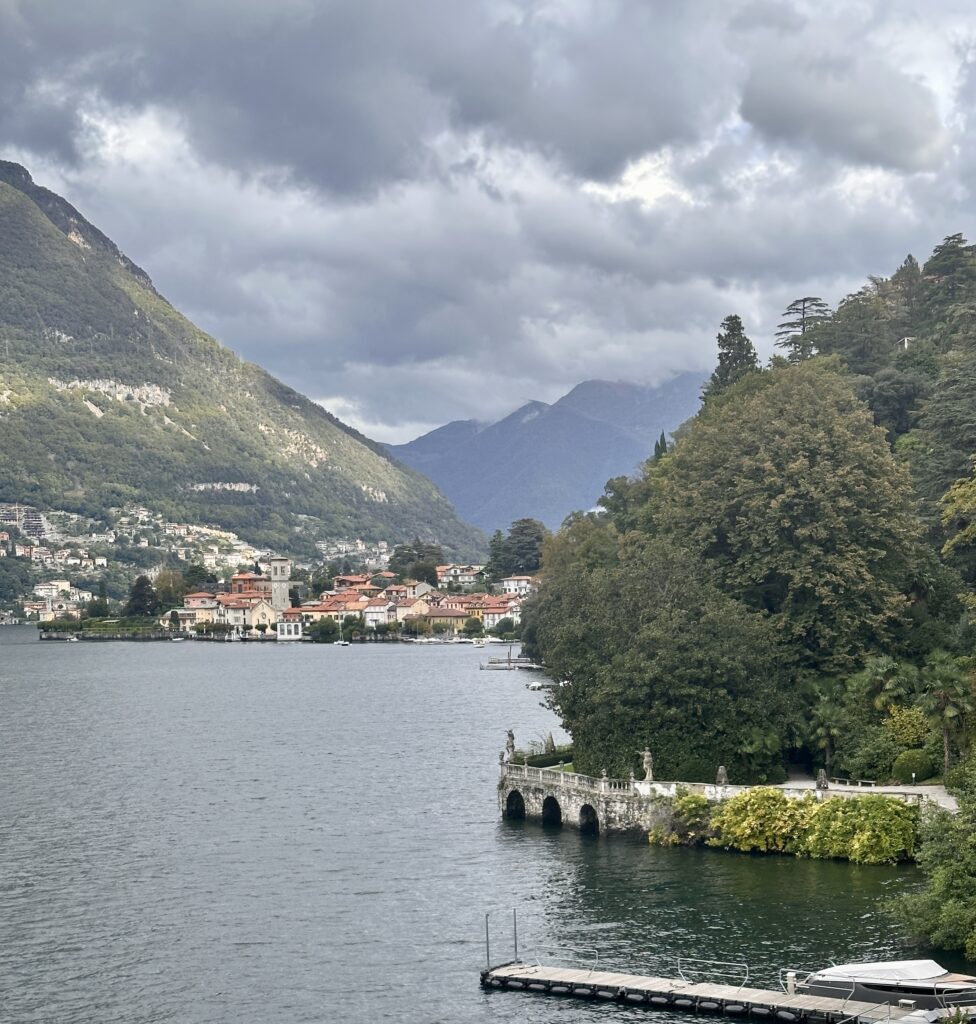
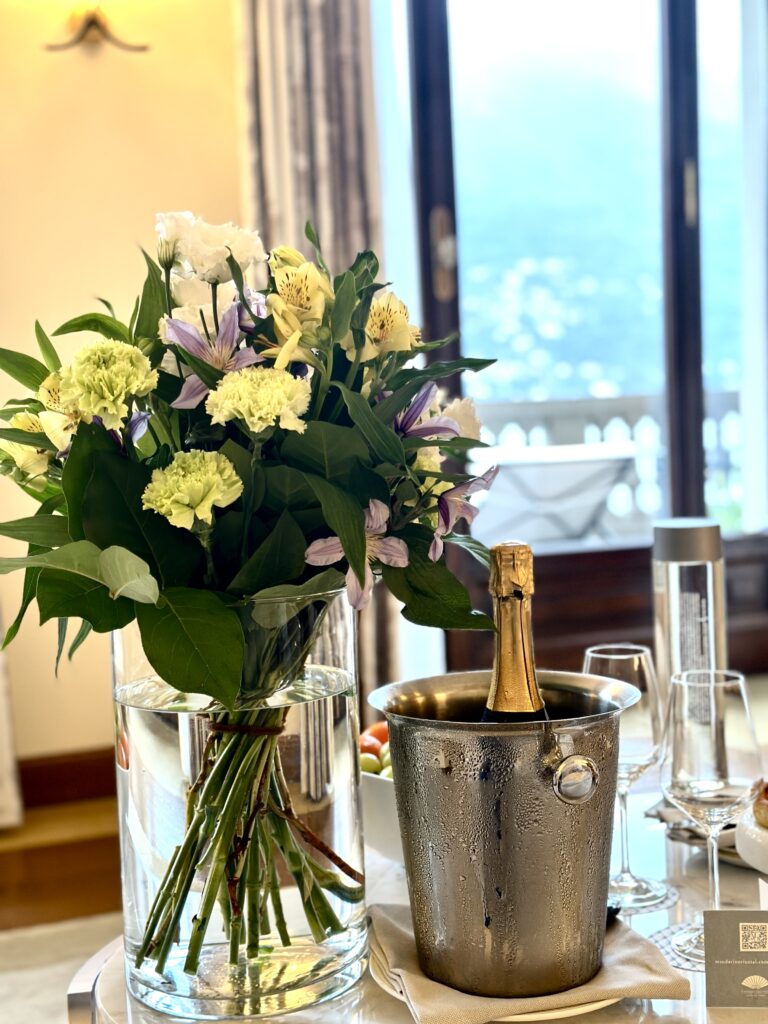
We came to the region of Piedmont for the delicate ravioli, heady truffles, tiny gnocchi bathed in thick, gooey cheese, rich regional boar ragu, and the decadent wines, and because I’ve never considered restraint a virtue, we achieved our lofty goal of eating with abandon. Experiencing life through food and wine travel opens not only our palates but also our hearts and minds to the regional history, deep traditions, local flavors, and the literal roots of the land we explore. It’s an intimate way to share, connect and commune with the land and enjoy the literal fruits of their labor in the glass and on the plate.
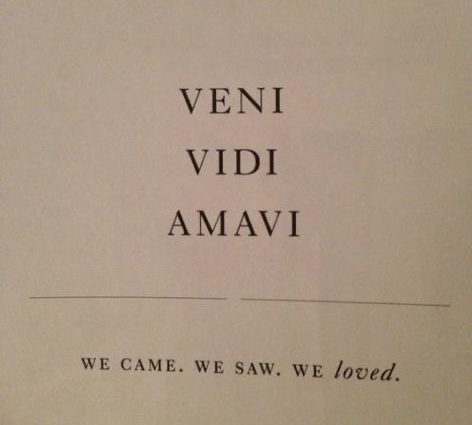
XO,
klm
